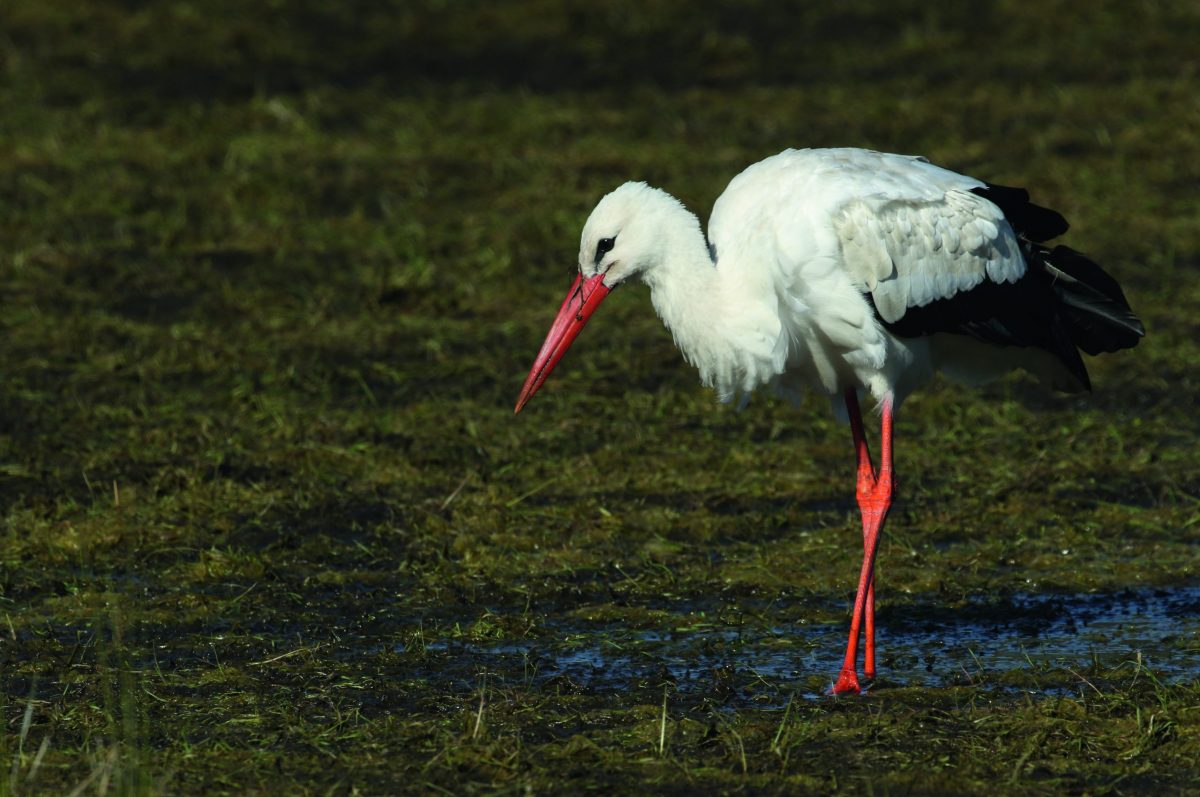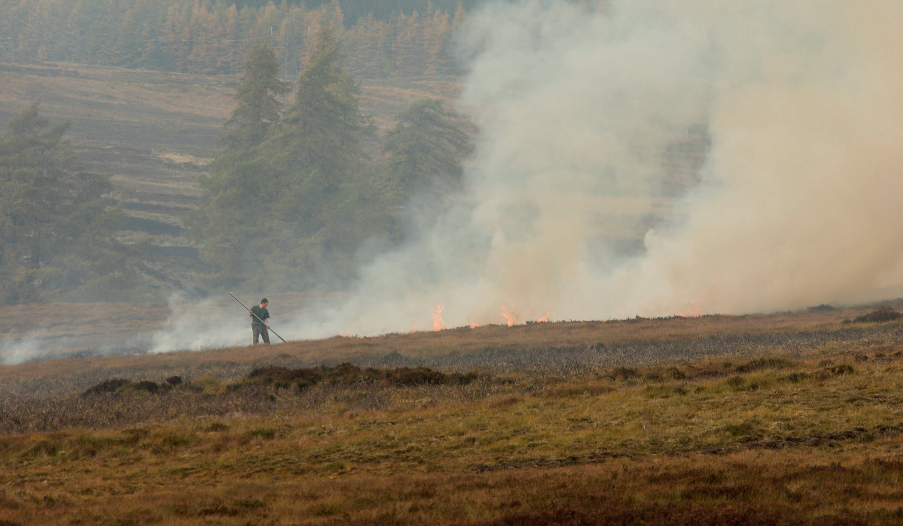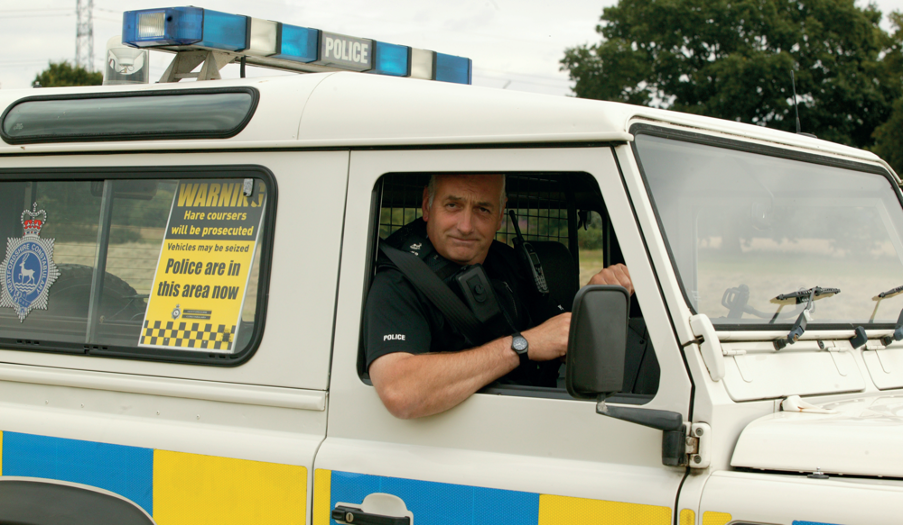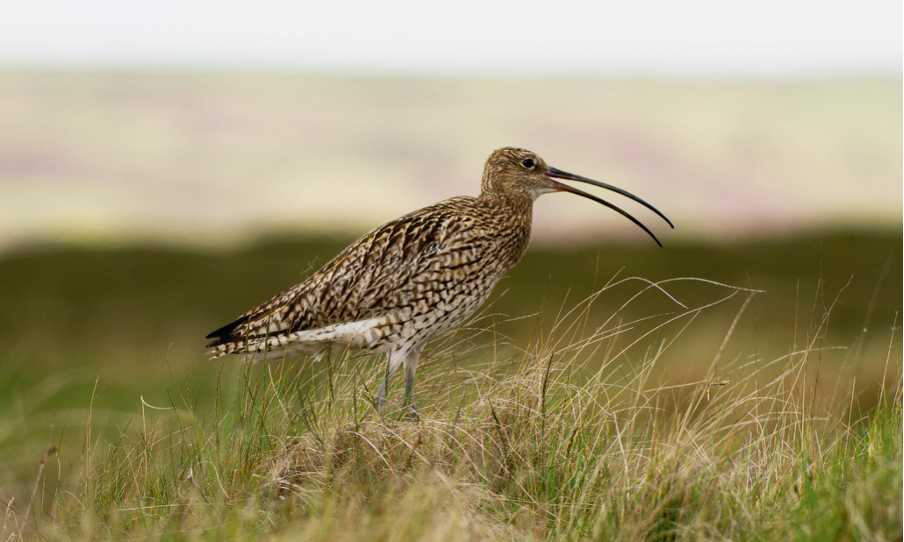News
How dairy farms can be good for biodiversity
Would you like to appear on our site? We offer sponsored articles and advertising to put you in front of our readers. Find out more.
Driving around the intensive, monocultural, factory-farmed, Anthropocene bio-desert that is my farm, I am always amazed at the number of birds I see, which are nevertheless happy enough with what we are doing to make it their home. At this time of year rooks, jackdaws, wagtails and starlings are swarming across the dairy pastures to peck about in the cowpats for a smorgasbord of assorted bug life. Up above, swallows and sand martins circle endlessly as they harvest midges and other small flies that have been attracted by the cattle, while the hedgerows are rich with blossom, yellowhammers, warblers and finches.
In fact, contrary to what you might expect from the narrative peddled by ‘environmentalists’ on our public service broadcasting channels, pasture-based dairy farming attracts more birds, and therefore also birdwatchers, than I had ever imagined it would when I took the plunge and re-established a dairy here two years ago after a 40-year absence. But never in my wildest dreams did I ever think that I would one day be looking across the field behind the village and spotting a stork.
Snacking
The white stork — other storks are available — appeared from nowhere, or, presumably, from Africa, on 17 April. I tweeted a video of the bird stalking, or even storking, about snacking on frogs near a large puddle in the middle of the field. The twitchers descended on us the next morning and the bird obliged them by hanging around so that it could have its photograph taken.
Speculation mounted in the village as to what it might mean, and our lovely and sainted office manager, who keeps several dairy businesses properly accounted for, and keeps the village school afloat with her numerous children, was forced to put out a statement saying that it did not mean she was having another baby.
The power of recall in the digital age confirmed within minutes that it was the first sighting of a stork in Dumfries and Galloway for 12 years. Summer resident storks became extinct in the UK in the early 1400s. There is a successful reintroduction programme that started at Knepp Castle in Sussex, where they have them nesting in oak trees and chimneys. But this one wasn’t ringed and it seems unlikely that they are already probing this far north. It was most likely a European bird that was geographically embarrassed. It would be wonderful to think, though, that they might one day be a regular sighting here like the egrets.
Meanwhile, in the surrounding fields the lapwings have been struggling to breed. We have seen them regularly but have yet to identify any nests, which we would normally fence off against grazing cattle and foraging badgers. The fields are being staked out by corbies (as we call carrion crows in this part of the world). We are doing what we can with Larsen traps but there seems to be a lot of them this year. Maybe that is because bird flu has cut a swathe through the buzzards and red kites, so the corvids have fewer enemies.
Jake Fiennes, conservation manager at the Holkham Estate, has posted some useful lapwing conservation ideas on social media, which I pass on. In arable fields he finds the nests then records their location with the What3Words app, which he logs on the contractors’ GPS systems so that they can be avoided. He has also made protective covers out of pallets, which are placed over each nest while muck is spread. When the pallet is removed, the bird returns to its nest and the nest site shows up as a pale square that can be avoided when the seed drill does its stuff. Genius.
Related articles
News
Hit pause on flawed rollout, urges BASC
BASC calls for delay to the Scottish government’s muirburn licensing scheme amid concerns from practitioners over the code’s workability.
By Time Well Spent
News
More power to police for tackling poachers
Following countryside organisations’ campaigning, penalties for illegal coursing have increased, with average fines up from £360 to £6,000
By Time Well Spent
Manage Consent
To provide the best experiences, we use technologies like cookies to store and/or access device information. Consenting to these technologies will allow us to process data such as browsing behavior or unique IDs on this site. Not consenting or withdrawing consent, may adversely affect certain features and functions.
Functional Always active
The technical storage or access is strictly necessary for the legitimate purpose of enabling the use of a specific service explicitly requested by the subscriber or user, or for the sole purpose of carrying out the transmission of a communication over an electronic communications network.
Preferences
The technical storage or access is necessary for the legitimate purpose of storing preferences that are not requested by the subscriber or user.
Statistics
The technical storage or access that is used exclusively for statistical purposes.
The technical storage or access that is used exclusively for anonymous statistical purposes. Without a subpoena, voluntary compliance on the part of your Internet Service Provider, or additional records from a third party, information stored or retrieved for this purpose alone cannot usually be used to identify you.
Marketing
The technical storage or access is required to create user profiles to send advertising, or to track the user on a website or across several websites for similar marketing purposes.



